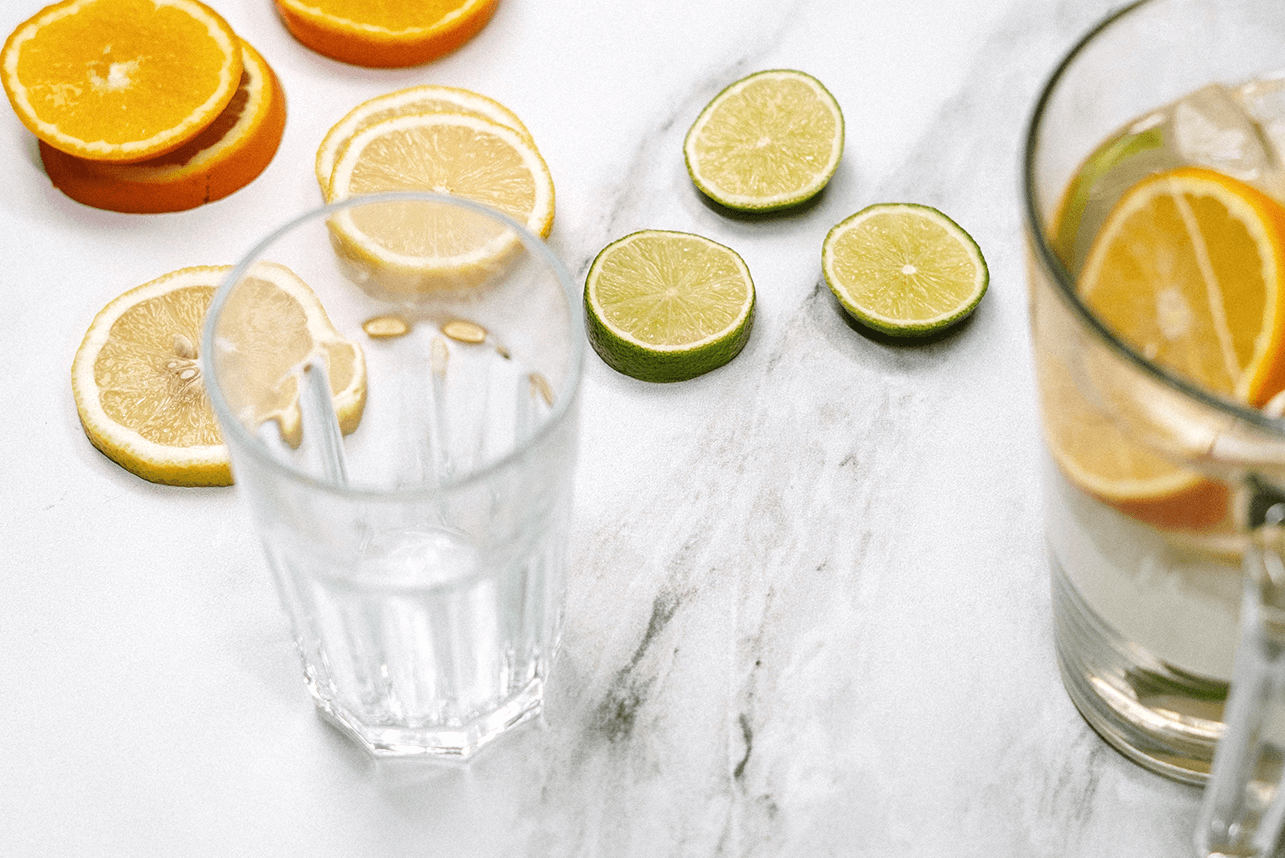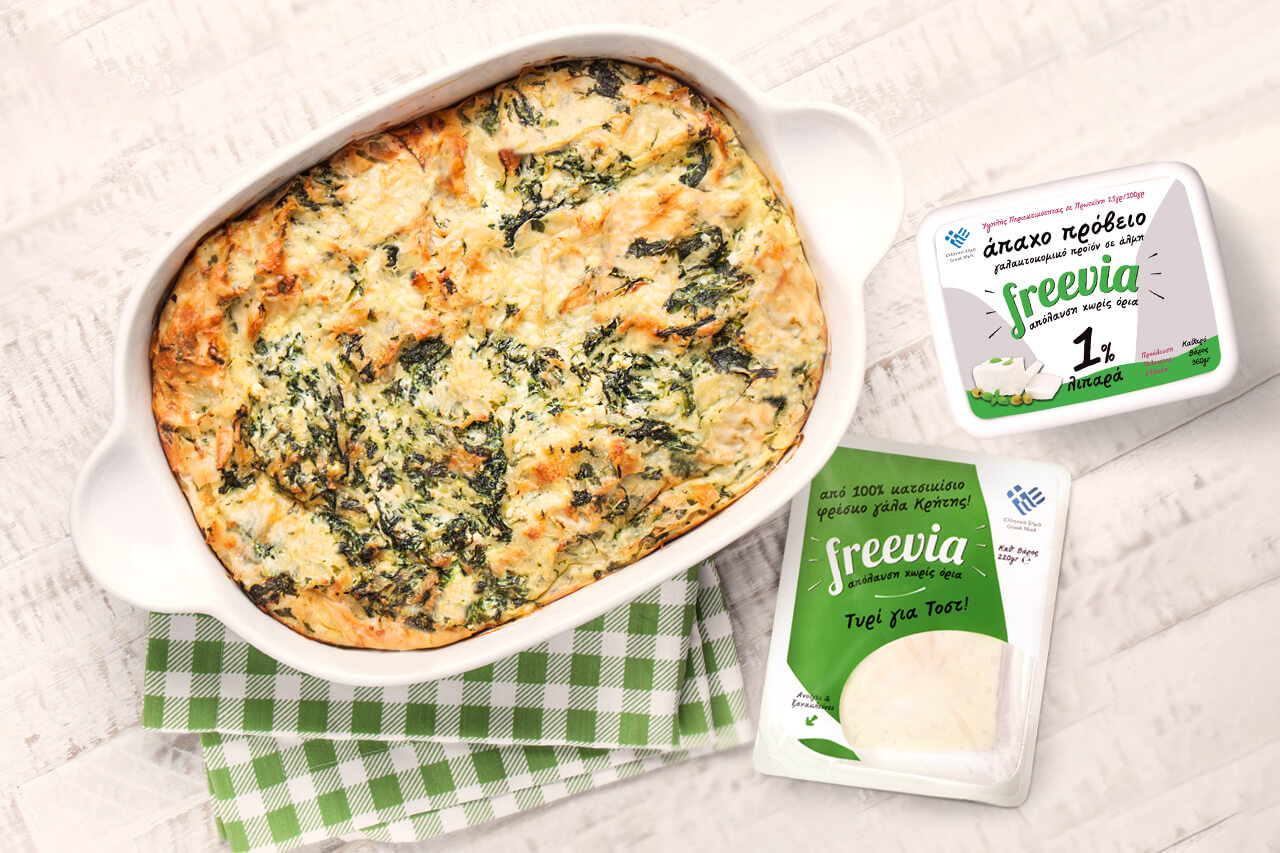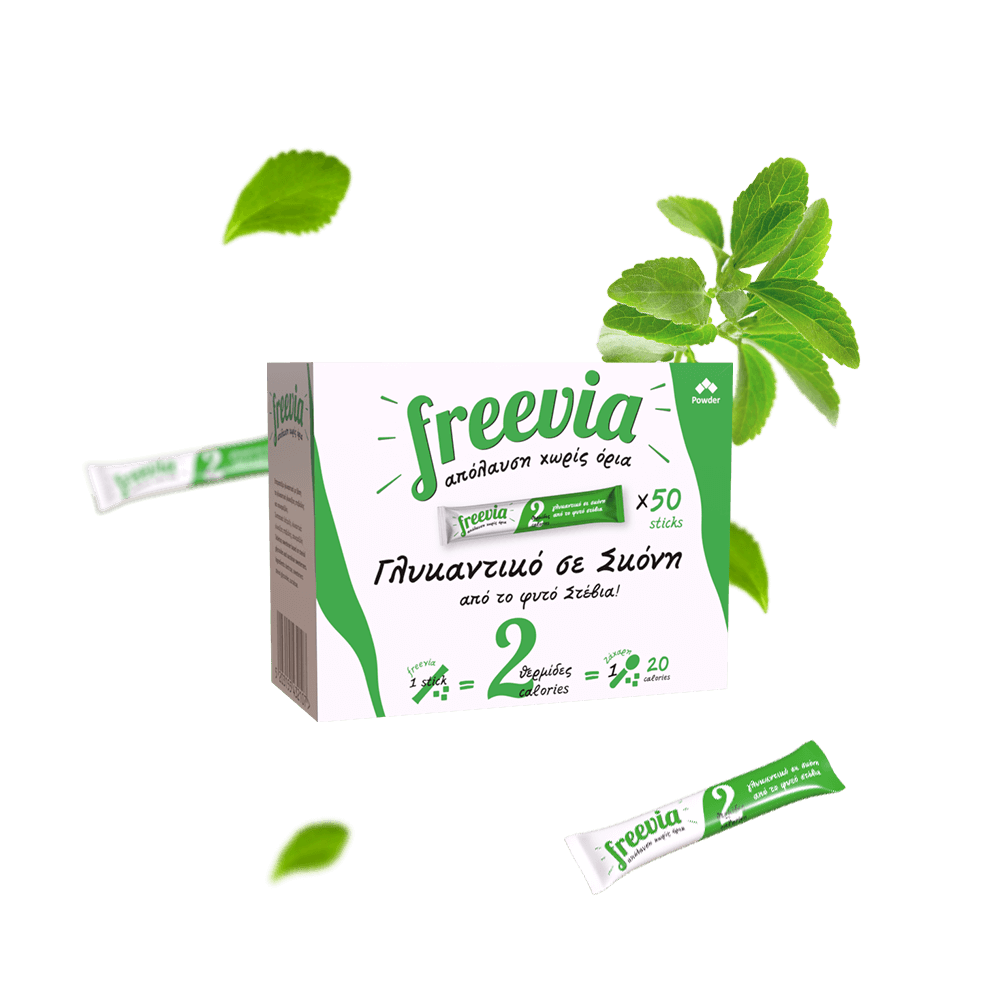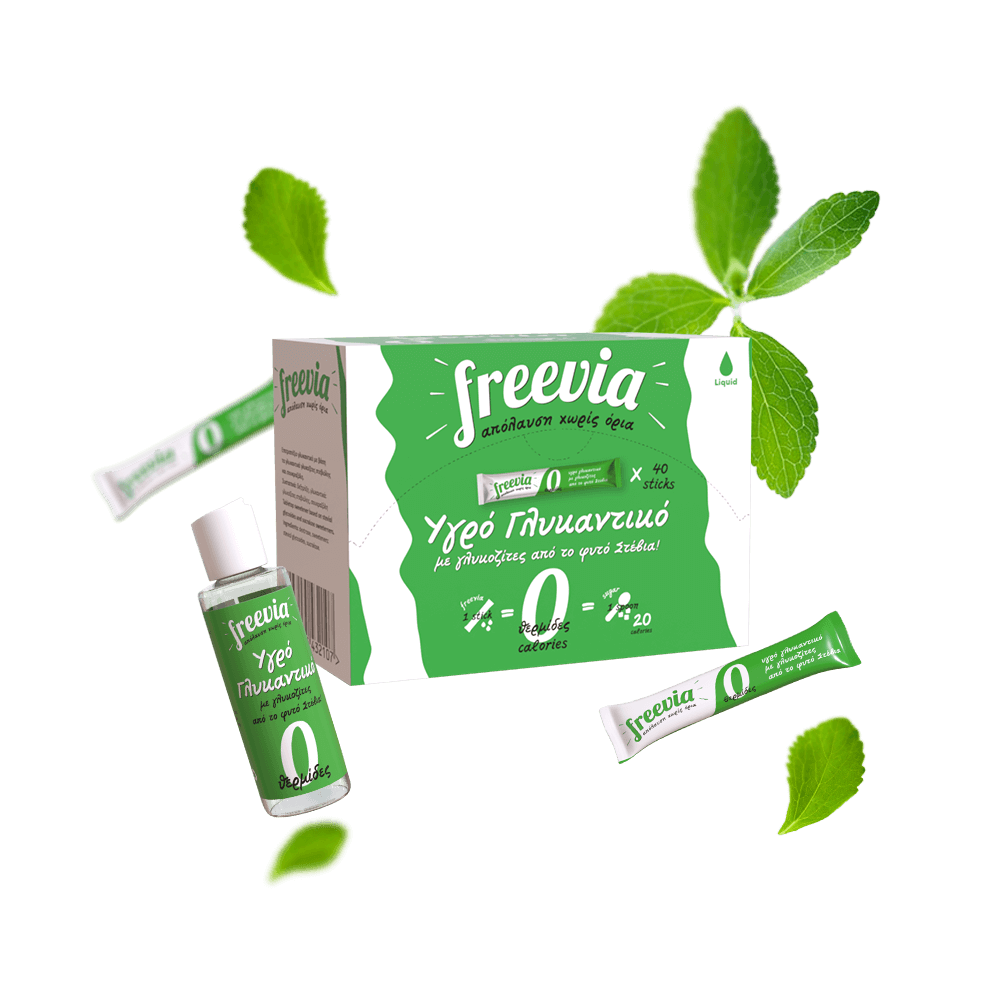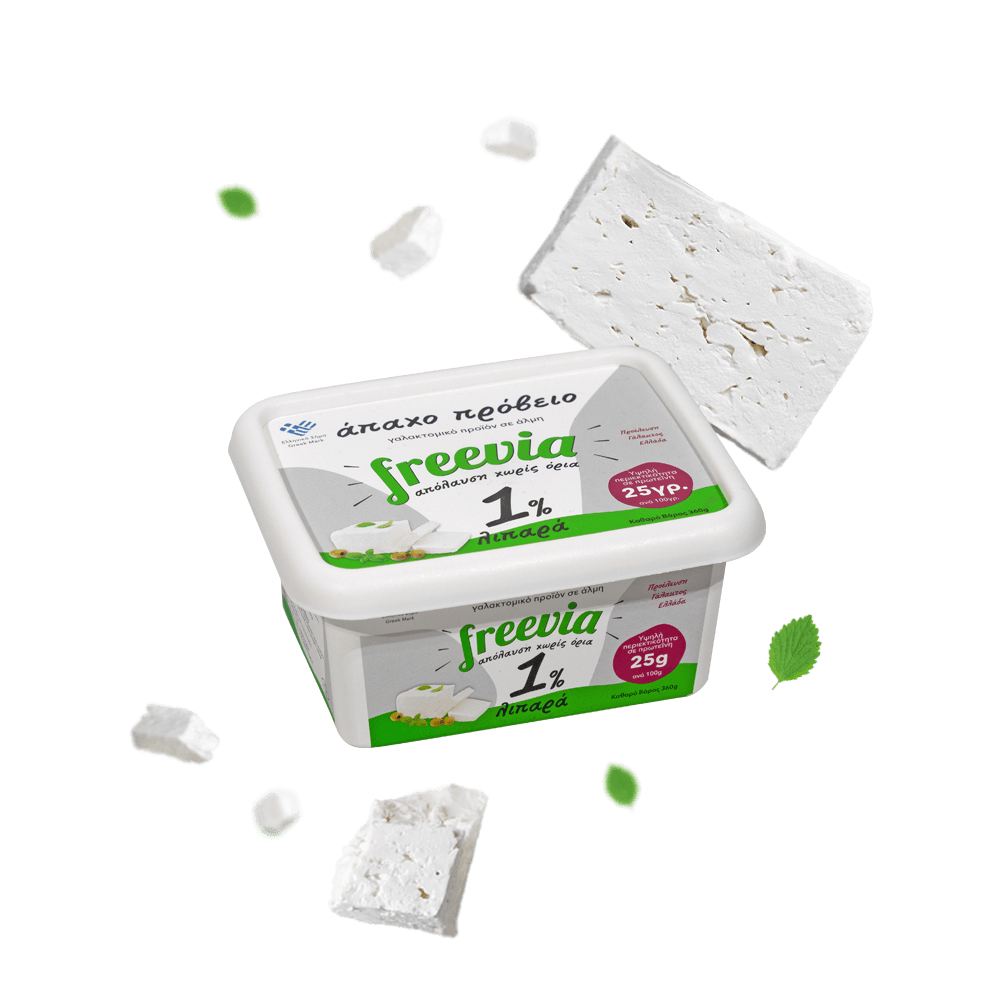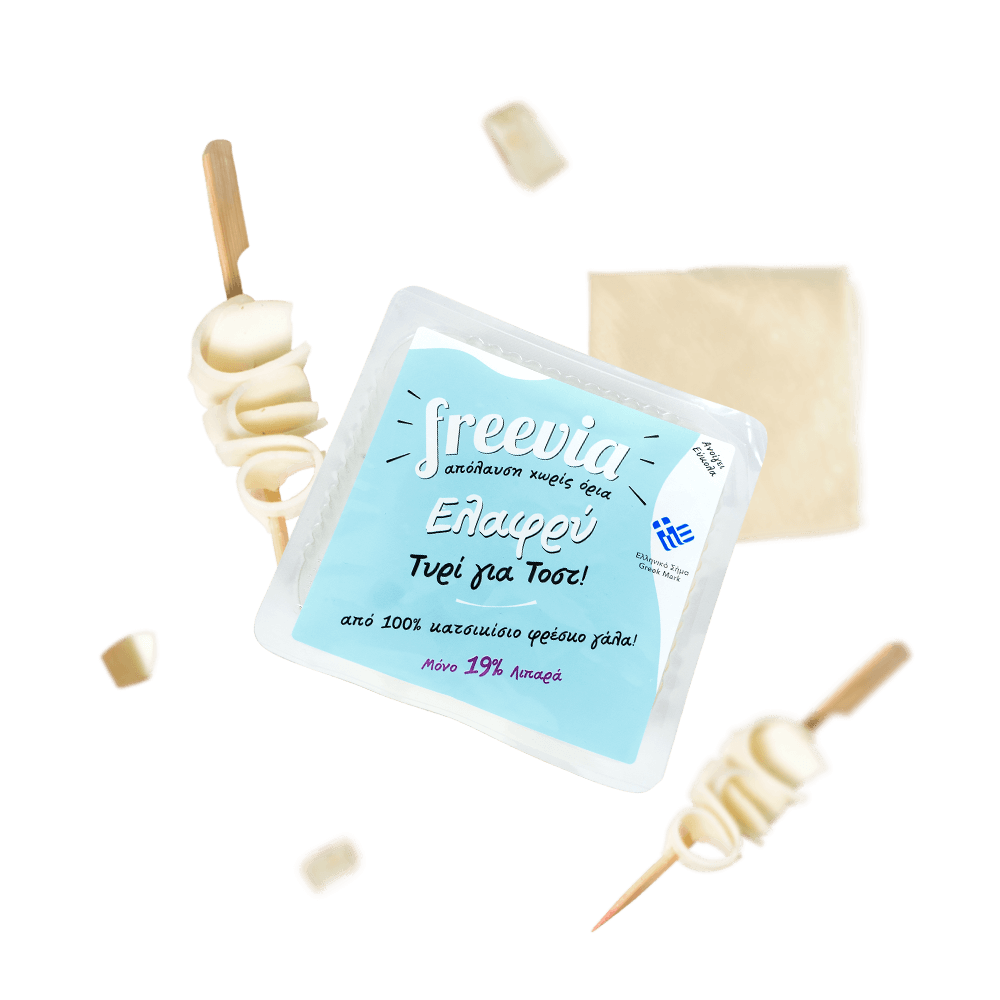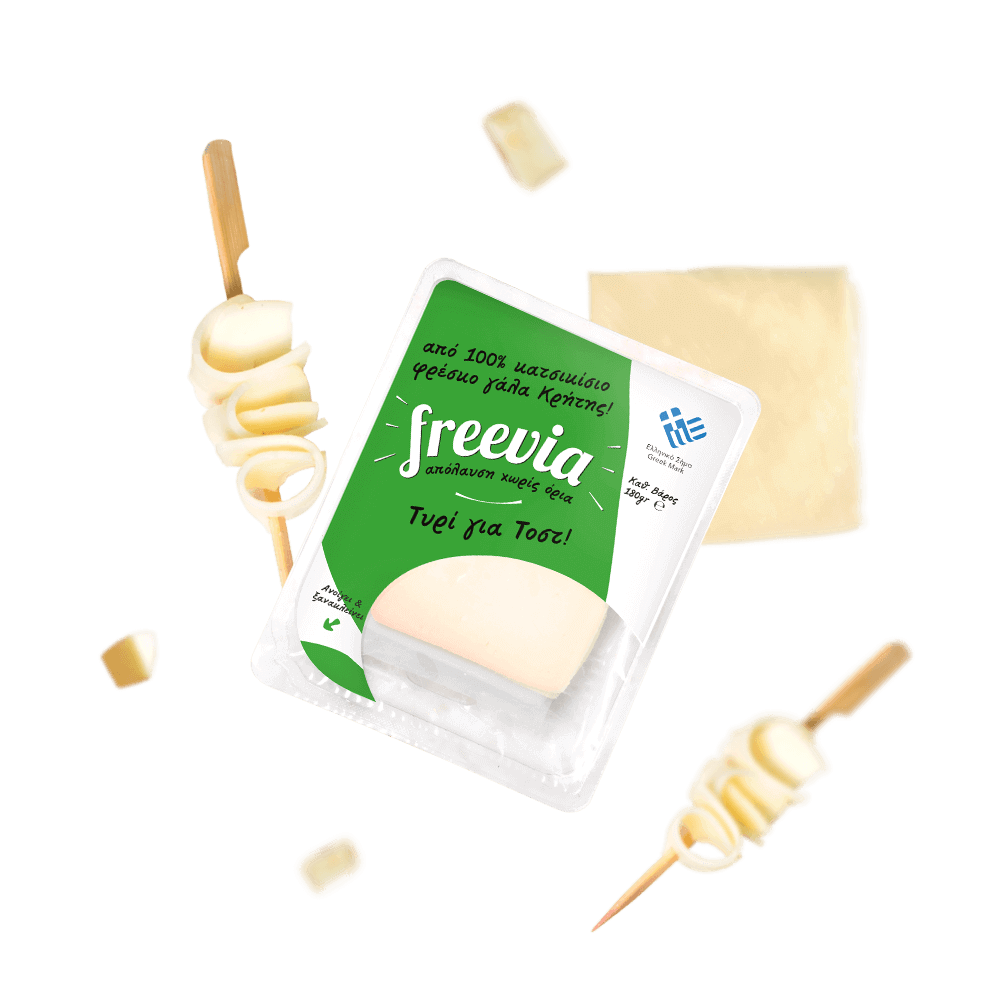Bone mass, the risk of fractures and general bone health with the prevention and treatment of problems such as osteoporosis are directly linked to adequate dairy consumption.
But what is really going on; how much are calcium levels affected by dairy consumption and how can we improve our bone health?
Increase bone mass naturally
First of all, to increase bone mass we need to consume sufficient vitamin D. The natural ways to consume vitamin D are through sunlight or foods such as fish (salmon, cod, swordfish), eggs, mushrooms.
Vitamin D is essential for the homeostasis of calcium in the bones. In this way vitamin D will maintain muscle mass and bone density.
Nutrition and osteoporosis
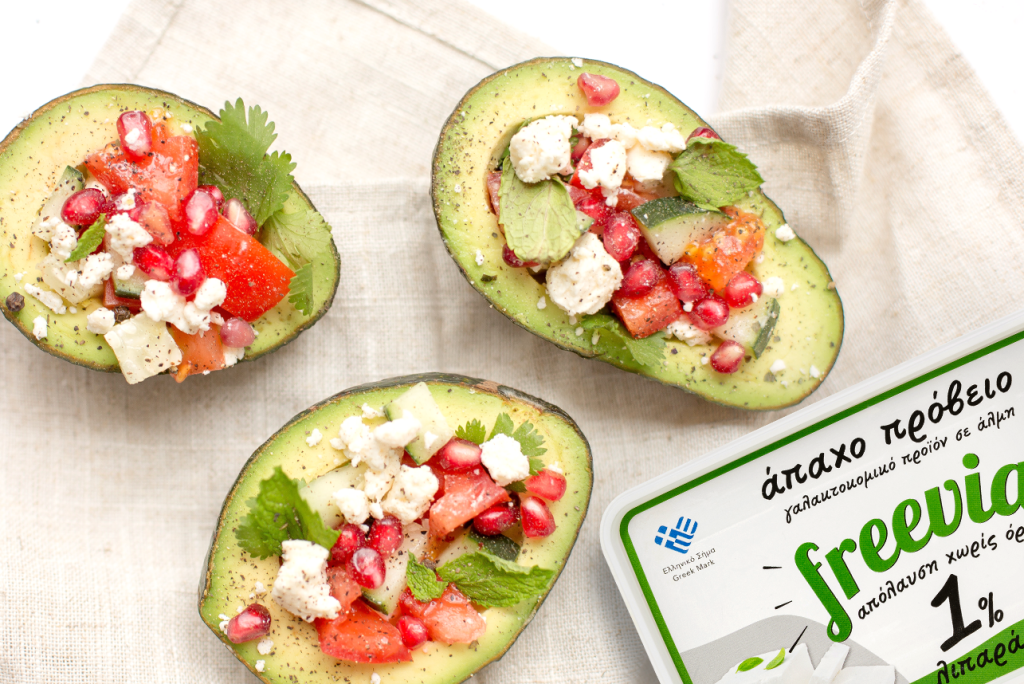
Of course we do not forget the essential nutrient that is calcium. We find it in abundance in dairy products (milk, yogurt, cheese, kefir, creams) or in the bones of small fish (such as sardines, anchovies or shrimp) and green leafy vegetables, such as spinach.
Dairy products
Dairy is an excellent combination of 1) protein needed to keep bones healthy, 2) calcium, 3) vitamin D, 4) phosphorus which contributes to good calcium levels, and 5) probiotics, which have been shown to help with calcium absorption and bone metabolism.
If you are one of those guys who want to cut of sugar for the week or more, but have a sweet tooth, Freevia Stevia is a product just for you and your baking.
You’ ll need:
Protein
Adequate protein intake is important for maintaining bone structure. The global organizations for osteoporosis recommend 1-1.2g/kg/day of protein with 20-25g being of high biological value. Foods that provide the body with protein of high biological value are meat, poultry, fish, dairy, eggs.
Exercise
To achieve good bone mass we seek frequent physical activity. Walking and aerobic activity is recommended, e.g. Cycling or climbing, for 30 minutes daily as a mild form of exercise. Mild exercise slows the rate of bone density loss. In addition, resistance exercises 3 times a week for about 45 minutes for 2-3 sets and 8-10 repetitions per set in the workout are also recommended.



The most effective way to improve bone health is a combination of aerobic exercise and strength training.
Low fat and calcium
As dairy products are the best source for calcium, it is recommended to consume them frequently. Of course, the consumption of full fat dairy products yields a lot of calories, fats and more specifically saturated fats that are detrimental to cardiovascular health and increase the risk of obesity. Low fat dairy products (such as Light Sheep Product or Light Goat Cheese for Toast) contain the same calcium, phosphorus and are not nutritionally deficient, except in fat.
Why joint hydration is important
We should not forget that our body’s water is also present in our joints. It makes up 10-20% of the joints but decreases dramatically with age.
What are the functions of water in terms of our joints? Water flows between the pores of the joints, regulates the thickness of collagen, helps exchange calcium and generally contributes to minerals and collagen.
Good hydration of the whole body with sufficient water and fluids (through other drinks, juices, teas, soups and juicy fruits and vegetables) will enhance their health. It has been shown that good hydration helps energy flow better to the bones and reduces vibration and the risk of fractures during falls. It is therefore recommended to follow the guidelines of 8 glasses per day of fluids, mainly water.

Alexandra Kontodimou
Dietitian-Nutritionist MSc
Nutrition Home, Tsimiski 71, Thessaloniki
www.nutritionhome.gr
